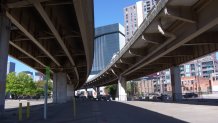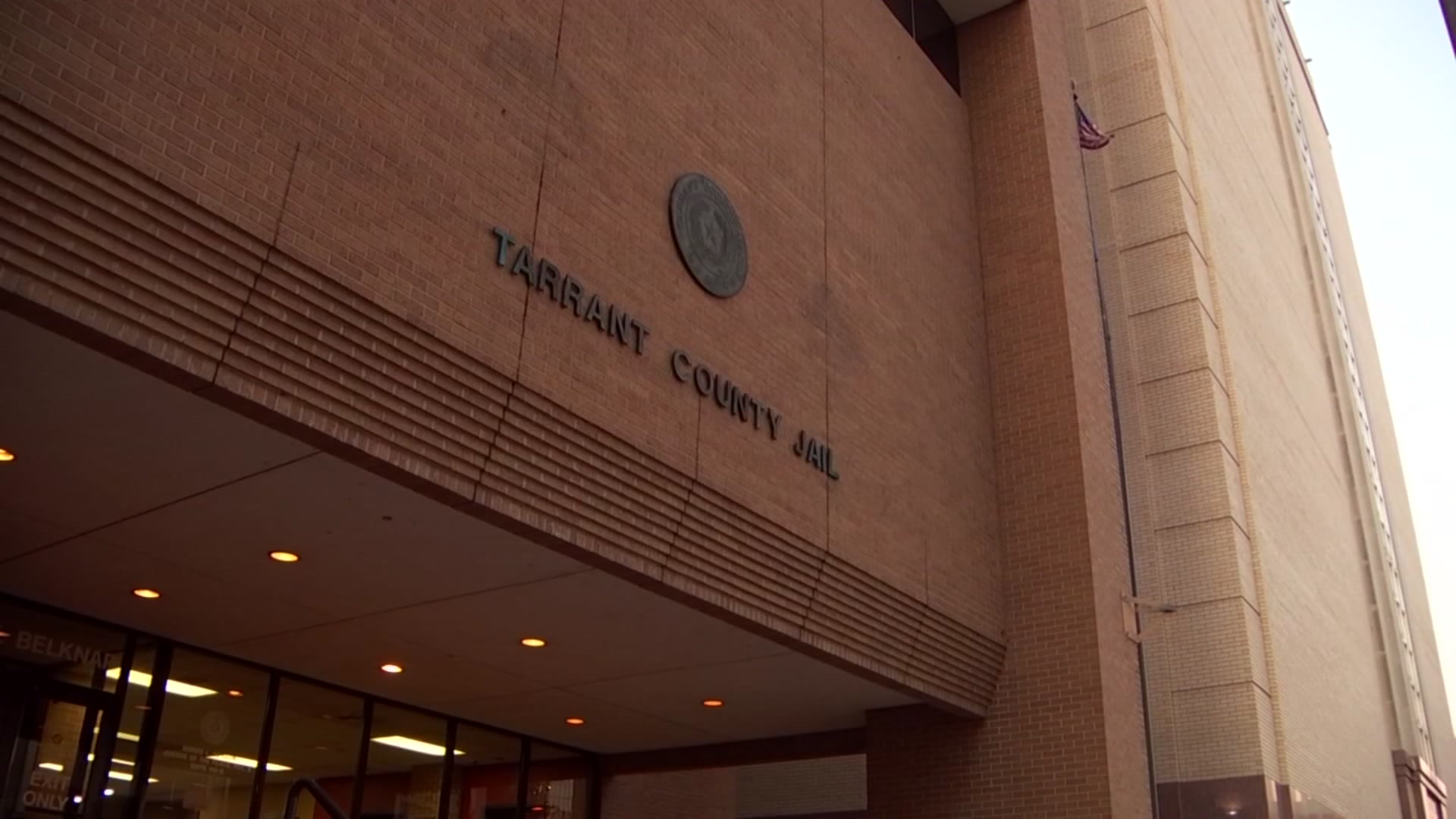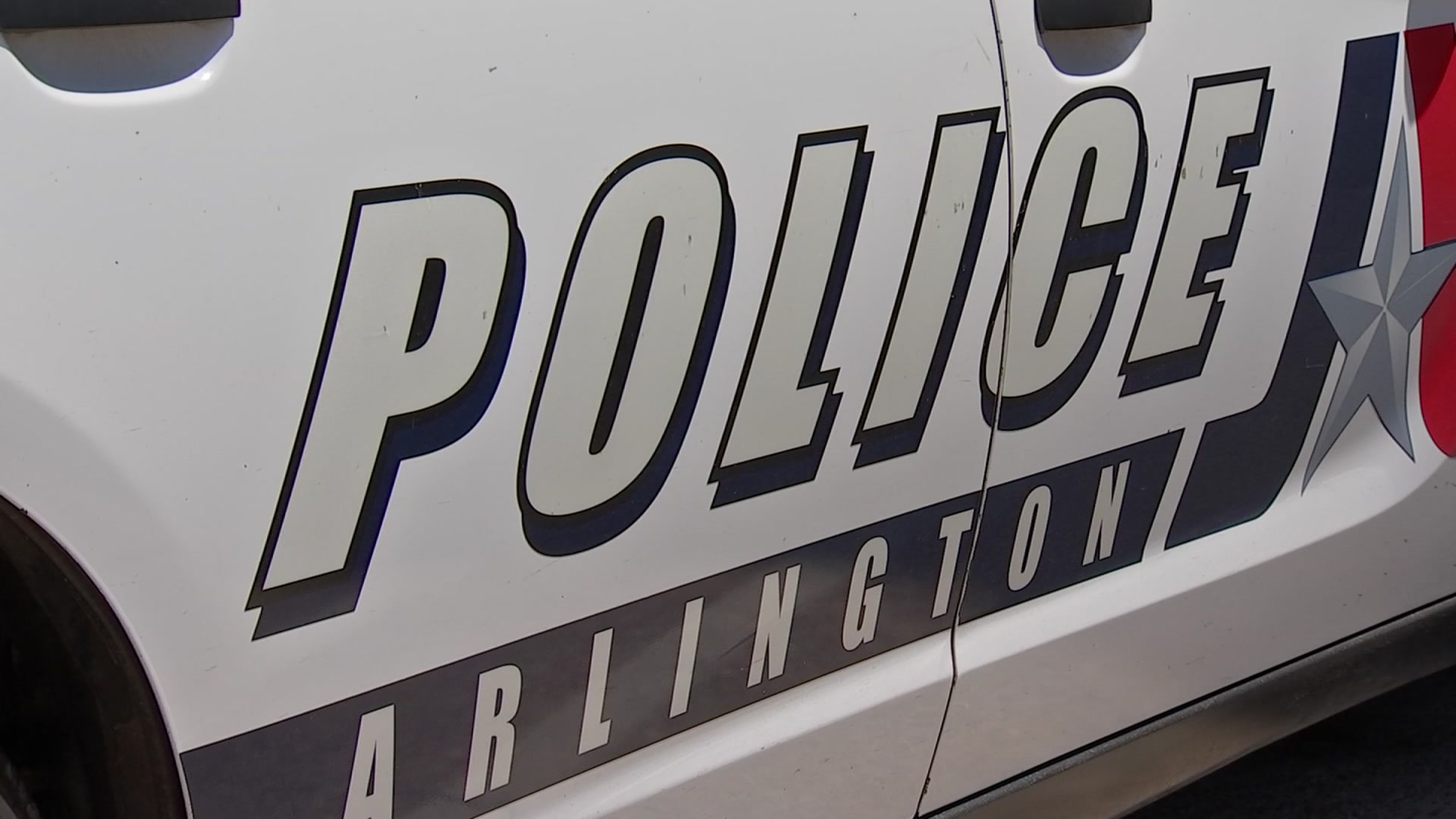After years of fighting over whether to replace or remove Interstate 345, a Dallas City Council vote on the state’s compromise plan is set for this month.
The aging, unmarked elevated highway separates downtown Dallas from Deep Ellum as it links Interstate 45 to the south with U.S. 75 Central Expressway to the north.
Critics who crusaded for years to get rid of I-345 confronted transportation planners this week at a panel discussion intended to help promote unity. City and state officials reviewed the recommended option before the discussion began. The critics did not relax their opposition to maintaining the interstate highway through the city’s core.
Built in the 1970s, state engineers say the elevated roadway needs replacement. It carries 180,000 vehicles a day, far more than the average North Texas freeway. The traffic count is expected to increase as millions more people are forecast to move to North Texas in the coming years.
Get DFW local news, weather forecasts and entertainment stories to your inbox. Sign up for NBC DFW newsletters.

Supporters of removing the hulking structure say the traffic it carries could be diverted to surface streets, creating busy boulevards through the city to support new urban development on freeway area land that would be cleared.
Urban planner Patrick Kennedy first began pushing this idea 15 years ago. He spoke at the panel discussion Monday night at Dallas City Hall.
Local
The latest news from around North Texas.
“This a beachhead for a longer, broader conversation that has to be more comprehensive and has to be more wholistic about building transit, and up-zoning and allowing for more housing,” Kennedy said.
He said more data is needed on economic development opportunities from removing the roadway and air quality consequences of continuing with highway development.
“I am actually advocating that we don’t move forward, that we don’t rush through any of these particular options right now,” Kennedy said.
Speakers opposing the freeway replacement spoke at the meeting, including Matt Tranchin with the Coalition for a New Dallas.
“This isn’t a transportation challenge. It’s how do we redesign the ninth largest city in the country in a way that addresses our greatest needs,” Tranchin said. “The reality is our city is struggling. We’ve got a housing crisis, specifically a workforce housing crisis. We’ve got a need for jobs, to expand our tax base.”
The City of Dallas would have to purchase the entire freeway corridor from the state if the interstate highway was removed, which would drive up the cost. No state or federal money would be available. And transportation planners said the law forbids removing an interstate highway artery that residents count on for access to jobs.
Furthermore, Texas Department of Transportation Dallas District Engineer Ceason Clemens said the boulevard option is insufficient for traffic.
“It’s something that’s a no-go for TxDOT and therefore, it really isn’t an option. I know that more studies are being considered, but we spent the last four years working very closely with the various city departments, really to take that wholistic look. So, we weren’t just looking at the traffic impacts,” Clemens said.
The hybrid compromise recommended by the TxDOT calls for rebuilding the roadway below grade as a trenched highway, similar to the Central Expressway to the north.
Existing ramps and feeder roads would be removed to free adjacent space for new development.
Chief Transportation Planner Michael Morris with the North Central Texas Council of Governments Regional Transportation Council (RTC) sought support for the state plan.
“Let’s rally around the depressed facility, let’s maximize housing and access to parks,” he said.
Morris said Dallas needs to take advantage of federal money available now to help stich neighborhoods back together and achieve many of the goals the I-345 opponents seek.
Morris said the Interstate 30 Canyon reconstruction with deck park features is also in the works.
“I need more infill development in the center of the region. That’s why the RTC is probably going to spend $5 billion to rebuilding the inner core of downtown, to create economic development because I can’t let the region develop to the Red River. It’s not sustainable,” Morris said. “So is it a better balance, a better balance to have the through trips on a different plane, and reestablish the human scale elements.”
Well-connected Dallas developer Jack Matthews spoke in favor of the compromise plan.
“I think the hybrid solution at the end of the day is going to give almost everyone a better solution,” Matthews said. “There’s actually going to be a time when fighting more, you’re not going to go as far forward.”
Two Dallas City Council briefings are set this month before the City Council vote on May 24.
Several members have said in the past that they want a new, independent study. The test will be how all 14 members and Dallas Mayor Eric Johnson vote when the time arrives after all these years of talk.



